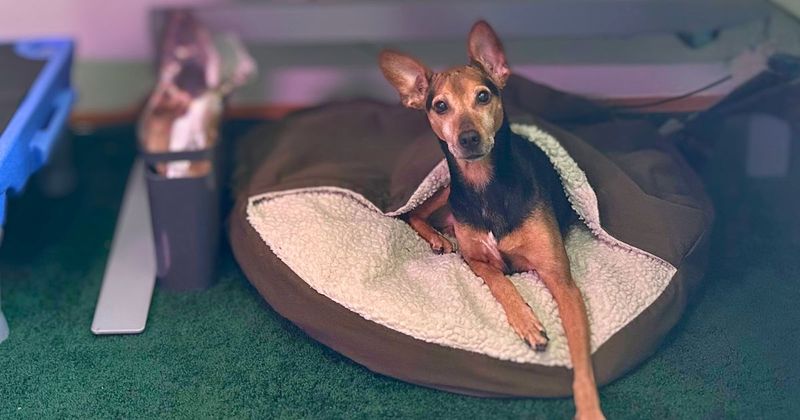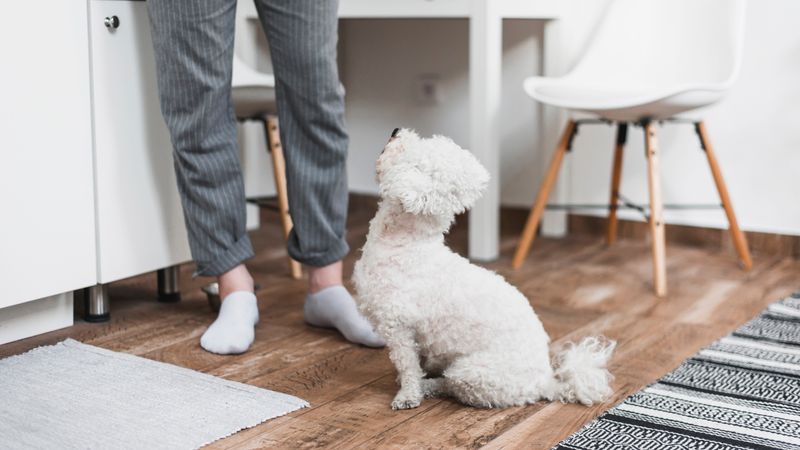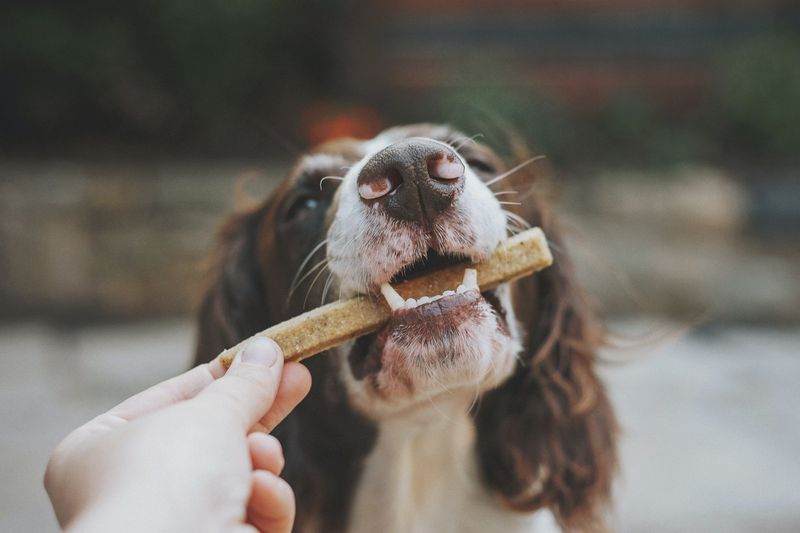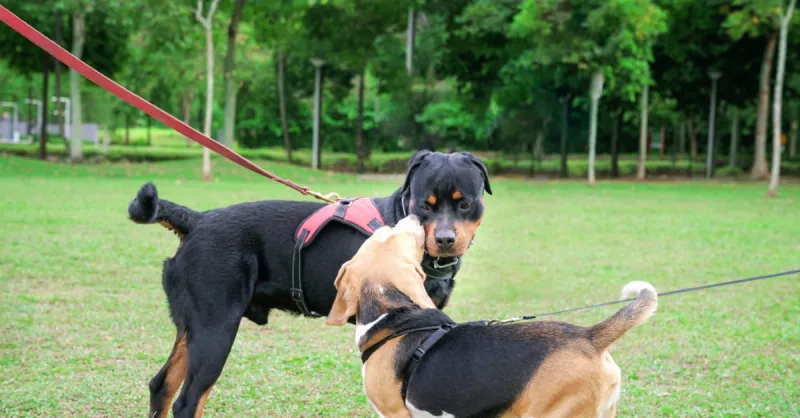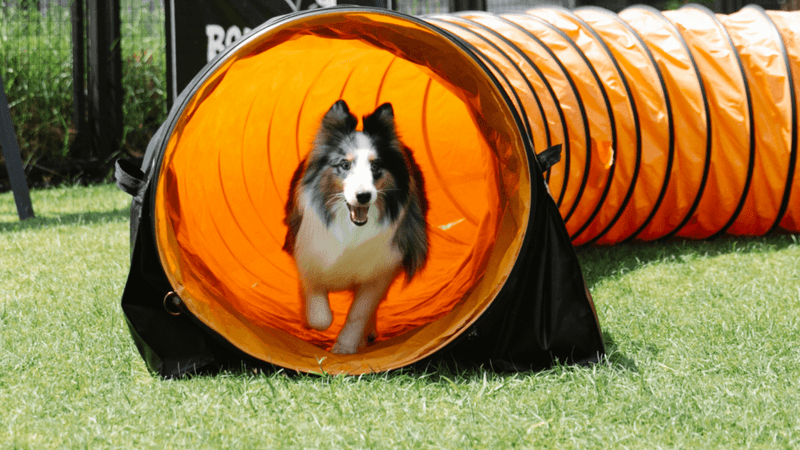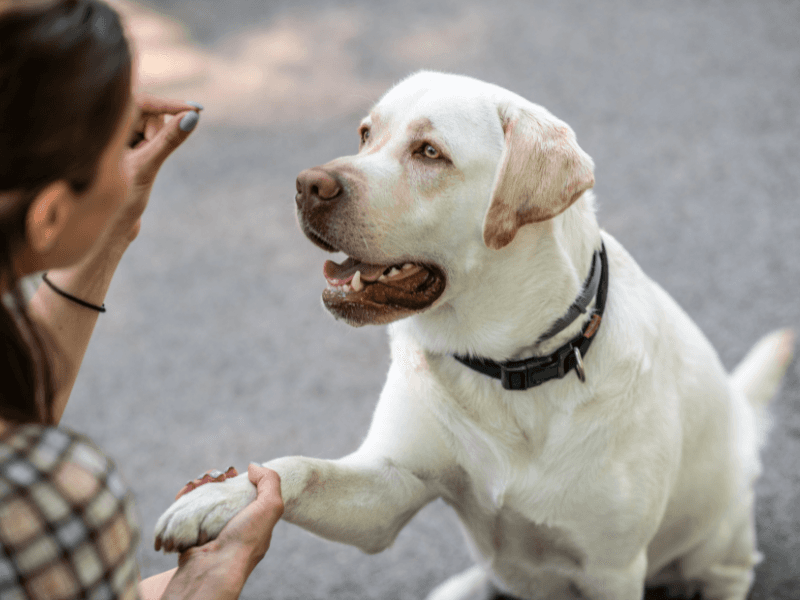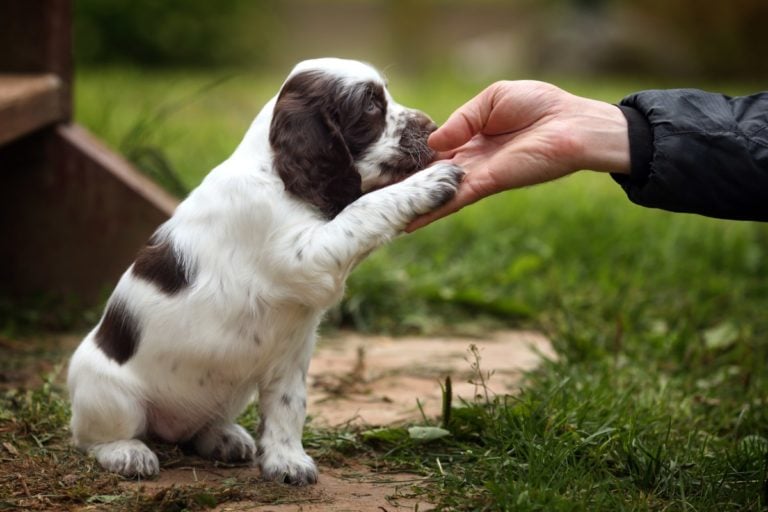8 Must-Know Tips to Make Your Shy Dog More Social
Having a shy dog can be challenging, especially when it comes to social situations. Dogs with timid personalities often miss out on fun interactions and may develop anxiety in new environments.
Helping your furry friend become more comfortable around others isn’t just about their happiness—it’s essential for their overall well-being and development.
1. Start with a Safe Environment
Creating a secure space where your shy pup feels protected is the foundation of socialization success. Remove any stressors like loud noises or overwhelming crowds that might trigger anxiety.
Set up a comfortable retreat area with familiar toys and bedding where your dog can escape when feeling overwhelmed. This safety zone helps build confidence because your pet knows there’s always somewhere to retreat.
Gradually introduce new elements while maintaining this safe base. Your dog will begin associating new experiences with positive feelings rather than fear, making future social interactions much easier.
2. Establish a Consistent Routine
Dogs thrive on predictability, especially those with shy tendencies. Morning walks, feeding times, play sessions—keeping these activities on schedule helps your nervous companion feel secure in knowing what comes next.
Anxiety often stems from uncertainty, so eliminating the guesswork from your dog’s day reduces stress significantly. When introducing new social situations, try scheduling them at the same time each week.
Familiarity breeds comfort! A reliable routine creates a framework where your shy dog can gradually build confidence, knowing that after something new or challenging, the comfort of familiar activities always returns.
3. Use Positive Reinforcement
Treats, praise, and petting work wonders when encouraging shy dogs to step outside their comfort zones. When your nervous pup shows even the slightest interest in another dog or person, immediately reward this brave behavior!
The timing of rewards matters tremendously. Quick recognition of courage helps your dog connect social interaction with good things happening. High-value treats—those special goodies reserved for training—signal that something particularly wonderful happened.
Never punish fearful behavior. Instead, focus exclusively on celebrating progress, no matter how small. Your dog will soon learn that social situations bring rewards rather than stress, gradually transforming their outlook.
4. Practice Gradual Socialization
Baby steps are crucial when introducing your timid friend to new social experiences. Start with calm, controlled environments featuring just one unfamiliar person or dog at a comfortable distance.
Distance matters tremendously with shy dogs. Begin interactions with plenty of space between your dog and others, then slowly decrease this buffer as comfort grows. Watch your dog’s body language carefully—relaxed ears, loose tail, and normal breathing indicate readiness to move closer.
Each successful interaction builds upon the last. Today’s challenge might be observing strangers from afar; next week might involve a brief greeting. This incremental approach prevents overwhelming your dog while steadily building social confidence.
5. Avoid Forcing Interaction
Pressuring your nervous companion into uncomfortable situations can backfire dramatically. Forced socialization often creates negative associations that make future interactions even more frightening for your dog.
Reading canine body language becomes your superpower here. Tucked tails, flattened ears, yawning, or looking away are clear signals your dog needs space. Honor these communications by immediately creating distance from whatever triggers these responses.
Freedom to choose builds trust between you and your shy dog. When your pet realizes you’ll protect them from unwanted interactions, they’ll paradoxically become more willing to try new social experiences, knowing retreat is always an option.
6. Use Desensitization Techniques
Systematic exposure helps shy dogs overcome specific fears through carefully controlled experiences. For example, if your dog fears children, start by watching kids play from a considerable distance where your dog remains relaxed.
Gradually decrease this distance over multiple sessions, always staying below your dog’s stress threshold. The magic happens when your dog begins associating previously scary triggers with neutral or positive feelings instead of fear.
Pairing these exposures with favorite activities amplifies success. If your dog loves car rides, drive past a dog park before heading somewhere fun. This creates a positive association with seeing other dogs, laying groundwork for future direct interactions.
7. Sign Up for Confidence-Building Activities
Structured classes designed specifically for shy dogs can work wonders for social development. Look for “Shy Dog” or “Reactive Dog” classes taught by trainers experienced with fearful canines—these specialized environments provide controlled socialization opportunities.
Nose work and scent games tap into your dog’s natural abilities while building confidence in new environments. These activities allow shy dogs to focus on something they enjoy rather than their anxiety about surroundings.
Agility training at beginner levels offers another fantastic confidence boost. Navigating obstacles successfully creates positive experiences in new settings while strengthening your bond as you work together, giving your shy companion skills that translate into greater social comfort.
8. Be Patient and Celebrate Small Wins
Socialization progress happens on your dog’s timeline, not yours. What seems like a tiny step—perhaps your dog merely watching other dogs without hiding—represents enormous courage for a shy canine companion.
Keeping a progress journal helps during discouraging moments. Record observations like “Today Bella sniffed a stranger’s extended hand” or “Max didn’t bark at the neighbor’s dog.” These notes reveal patterns of improvement that might otherwise go unnoticed.
Remember that setbacks are normal parts of the journey. Even confident dogs have off days, so don’t lose heart if your shy pup seems to regress occasionally. Consistent support and acknowledging each brave moment builds the foundation for lasting social confidence.

